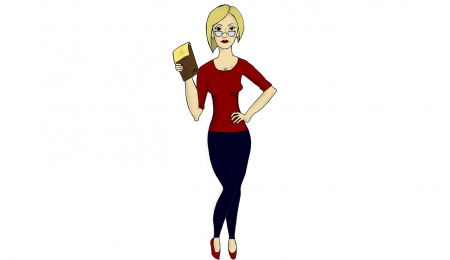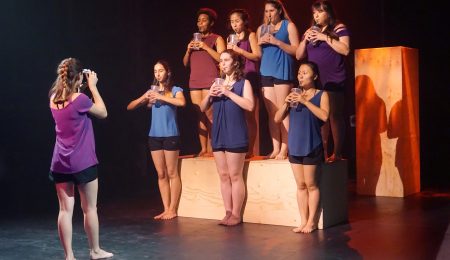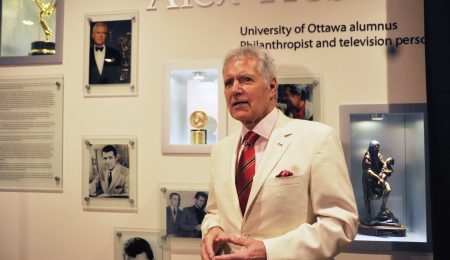Denis Raymond shares experience with GBM, Optune device
In the summer of 2013, Denis Raymond had graduated from the University of Ottawa’s Faculty of Education and was beginning his career as a high school teacher. He had been hoping to become a social worker, but his plans were put on hold.
After several weeks of increasingly worsening headaches, Raymond went to the emergency room where doctors found a baseball-sized mass in his brain. He quickly received surgery and 99 per cent of the tumour was removed.
“A week later I received the news, I was afflicted with a brain cancer diagnosis of the worst kind,” Raymond said.
Raymond was diagnosed with glioblastoma multiforme (GBM). GBM is the most aggressive and fast-growing type of brain cancer, and, with the best standard treatment currently available, has a median survival time of only 16 months.
Raymond explained that he was “not satisfied with the perceived outcome,” so he sought out a clinical trial that combined the standard treatment with the Optune, an experimental medical device.
The Optune device is engineered to deliver electrical pulses to the brain with the intent of creating a quickly-alternating magnetic field to disrupt cancer cell mitosis. Dr. Garth Nicholas, assistant professor of medicine at the U of O, explains that the device works by generating an electromagnetic field in the brain.
As Nicholas explains, the device has two components: The first is a series of electrical transducers worn on the scalp and the second is a battery pack that powers the whole device, usually carried in a backpack or purse.
“People are asked to wear the device as much as possible, up to 24 hours a day. It has to be taken off every two or three days in order to shave the scalp and reapply the transducers,” Nicholas said.
Raymond describes the whole process as “non-invasive and relatively without side effects, apart from the fact that (he) would be carrying around a 10-pound device in a backpack at all times.”
“The few issues that arose, I was able to deal with easily enough,” he said.
For Raymond, the most unexpected side effect was the visibility of his illness. “The attention I would get on the street or from the media was a bit overwhelming at first,” he said.
“But over time I began to see these interactions as wonderful moments of increased awareness of brain cancer in Canada and of the issues we brain tumour survivors face on a daily basis.”
According to Nicholas, the device itself has improved since its initial model was released, and the company has replaced the previous battery pack, making it much smaller and easier to carry around.
“In terms of the potential for tumour treating fields, I think that is actually an exciting aspect of this study,” Nicholas said. “Although this initial trial is in glioblastoma, there is no reason to expect that this is the only tumour for which this treatment might be effective.”
Today, Raymond is in the process of completing his second and final year of his masters of social work and completing a placement with a psychosocial support organization in cancer care in Montreal. He says that he hopes to continue his work supporting cancer patients, survivors, and their loved ones after he graduates.
“I am extraordinarily grateful for the experience, and am excited to turn the next corner in my life.”





